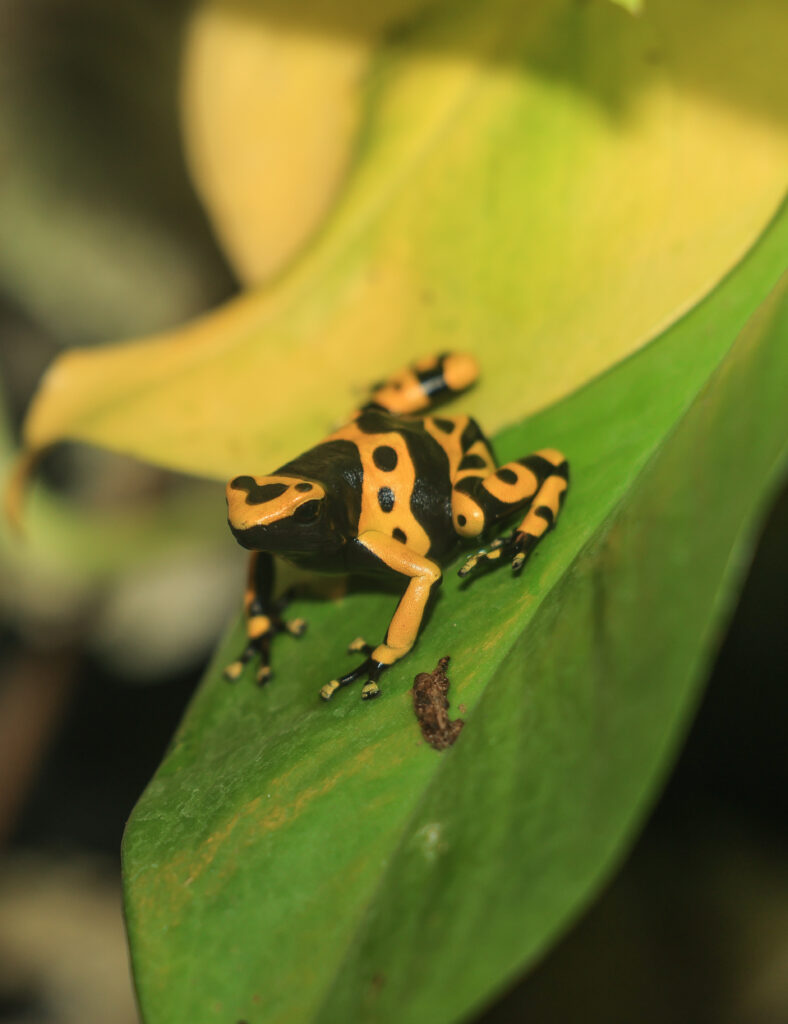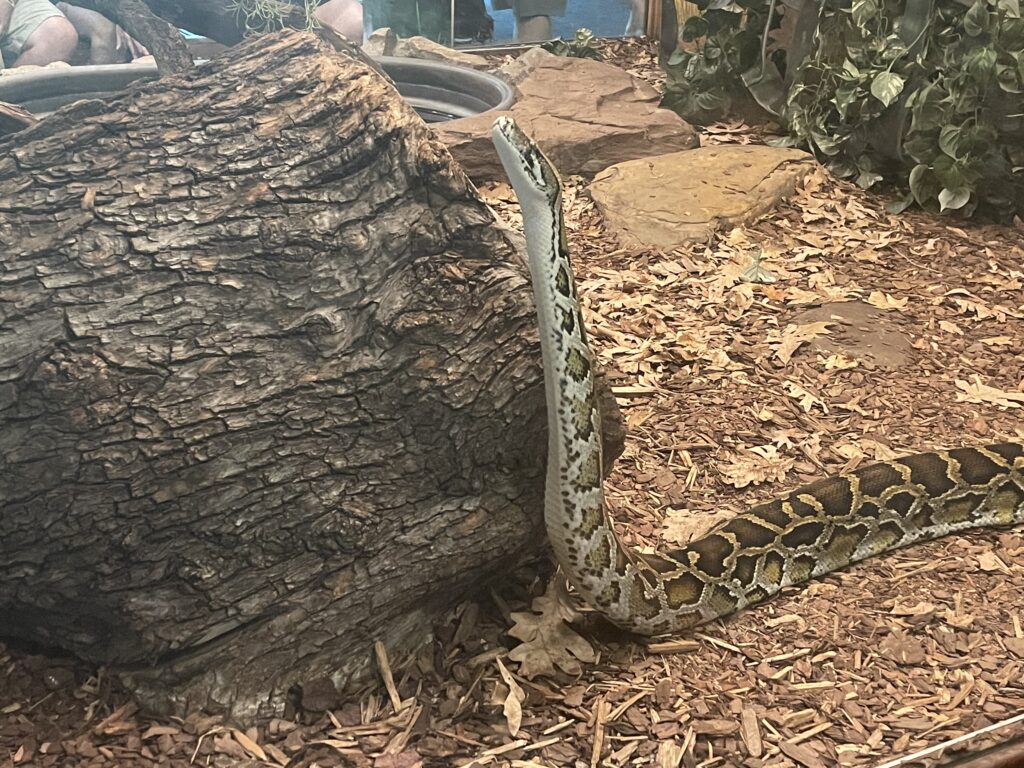August 18, 2023
Have you heard of a herp? Herp comes from the Greek “herpeton”, which means creeping animal, and refers to amphibians and reptiles. These two groups of animals were historically categorized together because of their recognized similarities. In some cases, reptile and amphibian species look similar in body structure, but they all emerge from eggs and are ectothermic.
Often described as “cold-blooded”, ectothermic means that their body temperature is dependent on the environment. While we sweat during the hot summer months to cool ourselves off, a herp needs to move somewhere cooler, such as a shady spot or underground burrow.
Despite these similarities, there are more differences between these two groups of animals. Although they both have eggs, amphibian eggs lack outer shells while reptile eggs have papery or leathery shells. Interestingly, some snakes are ovoviviparous, which means the eggs are held and hatch inside of the mother’s body, so the young appear to be born live.
Their body coverings are another difference. Reptiles have scaly skin, and their scales or scutes are made out of keratin, like human hair and fingernails. Their scales can be bumpy or smooth and although they might appear wet or slimy, the scales are dry. Amphibians, on the other hand, have permeable skin that is kept wet. This allows them to absorb oxygen and water through their skin, but they can also absorb chemicals, including harmful ones, from the environment. Because of this, amphibians are often studied as indicators of their ecosystems’ health.


Perhaps the biggest difference, however, is that amphibians go through metamorphosis as they grow up, changing dramatically from tadpoles to their adult forms. Regardless of these differences, reptiles and amphibians are still collectively referred to as herps, and the scientists who study them are called herpetologists.
– Director of Education and Visitor Studies Kelly Ulrich








